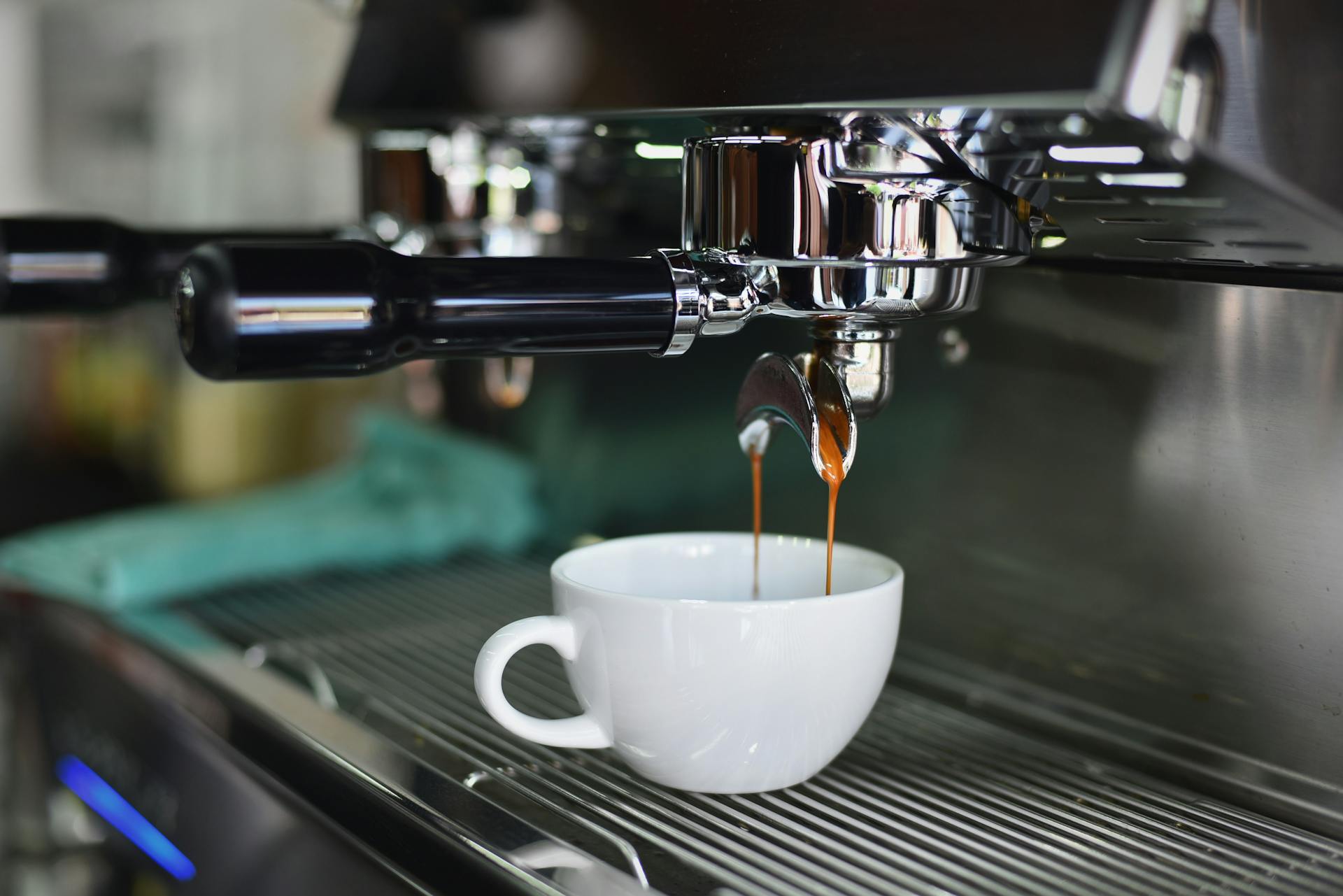
Espresso is a delicious form of freshly brewed coffee that uses high water pressure and finely ground beans to make a concentrated shot of espresso. From here, the options are endless — either enjoy espresso alone or use it in a handcrafted espresso beverage like an Americano or Cappuccino. Although it’s delicious, espresso can quickly add caffeine content, especially if you’re consuming multiple shots. In this guide, we’ll explore everything you wanted about “how much caffeine is in a shot of espresso’? So you know exactly how to safely enjoy your favorite espresso without going over the recommended daily limit of caffeine.
How much caffeine is in a shot of espresso?

According to the USDA, the average shot of espresso contains about 63 milligrams of caffeine. If you’re enjoying a single espresso shot on its own, this is the perfect amount of caffeine to start your morning. In comparison, the average cup of medium-roast coffee contains 80 to 95 mg of caffeine. Two shots of espresso will put your caffeine total above one cup of coffee — hence, where espresso gets its “jolt of energy” reputation.
Even within the different variations of espresso shots, caffeine content varies. For example, Ristretto is a form of espresso that is highly concentrated and brewed with less water. This means this type of espresso contains more caffeine per ounce than other types. When ordering espresso shots on your next Starbucks run, each shot contains about 75 mg. If you opt for blonde espresso at Starbucks, each shot contains 85 mg of caffeine.
Is 200 mg of caffeine a lot?

Caffeine is a stimulant that affects every person differently. A variety of things (such as metabolism, medications, tolerance, etc) can affect how you respond to caffeine. For some people, even the smallest bit of caffeine can lead to unpleasant side effects such as dehydration, anxiousness, shakiness, and trouble sleeping. On the other hand, some people can tolerate larger doses of caffeine without side effects.
For reference, the FDA recommends that adults do not consume more than 400 mg of caffeine daily. Espresso drinks with a double or triple shot of espresso could already put you at half of your daily recommended limit. With this in mind, it’s important to pay attention to how your body responds to caffeine and to space your caffeine out rather than consuming your daily limit all in the morning. In addition, consuming caffeine too late in the day could interfere with your ability to sleep.
If you love the taste of espresso but not the effects of caffeine, there’s still hope! Choose decaf espresso shots, which go through a process that removes most of the caffeine from the coffee beans. This means each shot only contains an average of 3 to 15 mg of caffeine but still tastes equally as delicious.
Naming espresso shots
Heading to the coffee shop? Espresso tends to be masked under other names, which can be helpful to know when ordering. Some common names include:
- Doppio: Doppio means “double” in Italian, which refers to a double shot of espresso. In some less formal shops, you may just hear it called a double espresso. This can be ordered traditional (as hot espresso) or as an iced doppio espresso.
- Lungo: A Lungo shot espresso is a “long” shot of espresso that uses the same amount of coffee grounds but uses twice as much hot water. This results in a stronger, more bitter taste, which some coffee lovers enjoy.
- Ristretto: A smaller, more concentrated espresso with a more intense, less bitter flavor.
If you’re looking for more of a beverage than a straight shot of espresso, try one of these espresso beverages:
- Americano: Shot of espresso mixed with water (can be ordered iced or hot) and contains about 75 to 300 mg caffeine (depending on size)
- Red Eye: Cup of coffee with a shot of espresso mixed in
- Cappuccino: Equal parts of one shot of espresso, steamed milk, and frothed milk (depending on size, could range from 75 to 150 mg of caffeine)
Note: Many of these contain several shots of espresso and vary quite a bit depending on the coffee shop. So, be sure to ask how many shots are used in your drink to know how much caffeine you’ll be consuming.
Consuming espresso safely

Consuming espresso regularly is safe, but it’s important to be mindful of how much caffeine you’re consuming daily. If you’re also consuming energy drinks, sodas, or teas — be mindful of how quickly the mg of caffeine can add up. When ordering shots of espresso or espresso beverages, don’t be afraid to ask your barista exactly what will used in your drink. Happy brewing!




